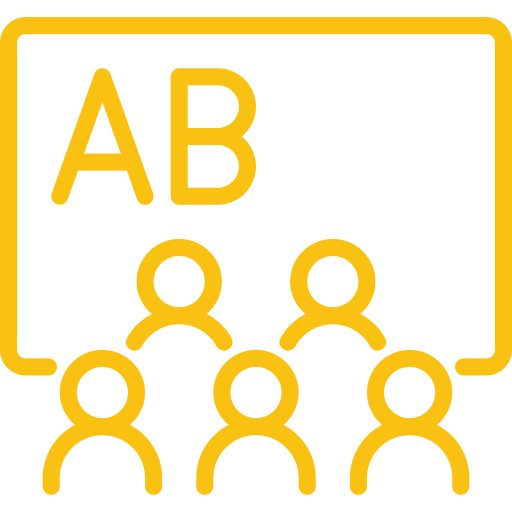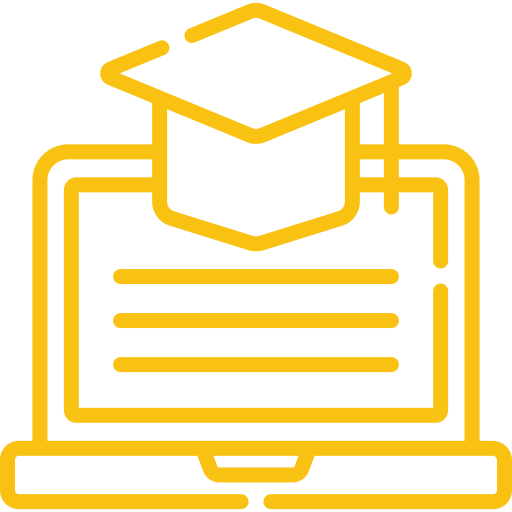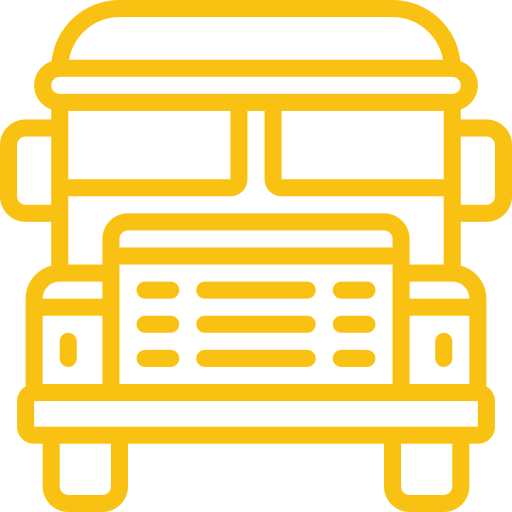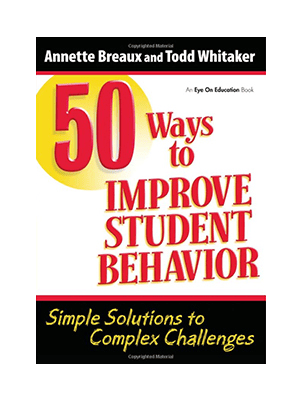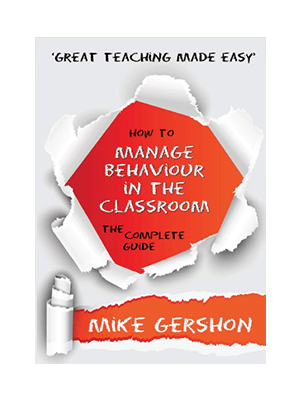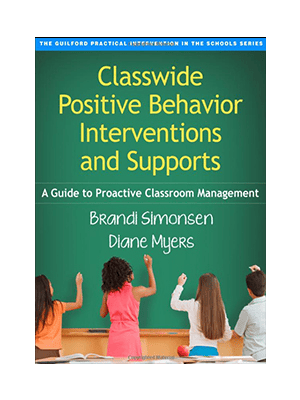“Education should learn from the positive side of gaming-reward, accomplishment, and fun.” – Sebastian Thrun
These words resonate with educators worldwide who strive to create a healthy, encouraging learning environment for their students.
Rewards play an integral part in building a culture of shared responsibility, mutual respect, and motivation. However, many teachers often struggle to find budget-friendly incentives to reward their students for positive behavior or academic achievements.
This article presents a range of free or inexpensive reward ideas that can effectively motivate students, making your classroom more engaging and vibrant. Each of these rewards can reinforce positive behavior, enhance student engagement, and foster a love for learning, all without breaking the bank.
Some of these rewards can obviously fall into more than one category in this blog post, but they all have a common goal. So let’s dive in.
Privilege-based rewards
These rewards grant students special privileges or responsibilities that can make them feel important and engaged in the classroom. They also encourage positive behavior by providing a desirable incentive. Examples include:
- Classroom Jobs: Assigning special classroom tasks or responsibilities is an excellent way to recognize a student’s efforts. These jobs can range from being a class librarian to a tech helper, giving students a sense of responsibility and leadership.
- Teacher’s Chair: Allow the student to sit in the teacher’s chair for a day. You might think this is just a great reward for younger children, but my high school students also appreciate a comfortable chair.
- Extra Recess Time: Extra playtime is always a hit with students. An additional 5-10 minutes of recess as a reward can motivate students to work hard. This is also a great way to do whole class rewards, since it isn’t a great idea to leave younger students (or students of all ages to mention it) alone at any time.
- Free Choice Time: Let rewarded students choose an activity they want to do during a designated “free choice” time. They can read a book, draw, play a game, or work on a puzzle. Free time doesn’t have to be wasted, it just means it’s a fun way to get them to keep learning.
- Special Guest Privilege: The student can invite a special guest (like a family member or a friend) to class for a day.
- Reading Corner Privileges: Create a cozy reading corner in your classroom. Reward students by allowing them the privilege of using this space during designated times.
- Leading a Class Activity: Letting a student lead a class activity or a game can boost their confidence and leadership skills.
- Field Trip Leader: The student gets to be the leader or guide during a class field trip.
- Class Pet Caretaker: Allow the student to become the caretaker for the class pet for a week.
- Lunch with the Teacher: Offering a lunchtime chat with the teacher can be a significant reward for students. This could be in the classroom or a designated lunch area, providing an excellent opportunity to build rapport.
- Choose a Learning App/Game: Let the student choose an educational app or game for the class to play.
- Special Seating: Allow the student to sit in a special seat or location in the classroom for a day.
- Use of Technology: Allow students additional or exclusive use of classroom technology like tablets or computers.
- Teacher’s Assistant: The student gets to assist the teacher in various tasks for a set period.
Interactive rewards
Interactive rewards involve engaging activities or digital platforms to recognize student behavior or achievements. These rewards can make the learning experience more enjoyable and motivate students to engage positively with their peers and their learning environment. Examples include:
- Class Dojo Points: Class Dojo is a free, interactive platform that lets you award points to students for positive behavior, which they can later redeem for privileges.
- Show and Tell: Allow the student to bring something from home to show and share with the class, giving them a chance to speak about something they love.
- Classroom Dance Party: A quick, 5-minute dance party at the end of the day can be a fun reward. It’s not only free but also helps students expend some energy.
- Group Leader: The student gets to be the leader of a group activity or project.
- Special Art Project: The student gets to participate in a special art project.
- Special Class Game: The student gets to choose or participate in a special class game. Also becomes a whole-class reward.
- Peer Tutoring: The student gets the opportunity to tutor peers in a subject they excel in.
- Board Games: Keep a few quick board games around as a special reward to groups that have made good choices or met classroom expectations. You can also make it part of a whole class reward system, then everyone gets some extra time playing games.
- Story Time: The student gets to choose a book for the teacher to read to the class.
- Field Trip: Arrange a special field trip for the class when they collectively achieve a long-term goal.
Communication-based rewards
They encourage students to interact, share their achievements, or express their interests, either with their peers or their family. This also strengthens the bond between the school and home, making parents part of their children’s academic journey. Examples include:
- Verbal Praise: A genuine compliment or verbal recognition for good work or behavior is one of the most powerful rewards a teacher can give. It’s free and can significantly boost a student’s self-esteem.
- Local Restaurant Appreciation: Arrange for local restaurants to sponsor a “student of the month” program, where the winning student gets a free meal or discount. This can be communicated through the school newsletter or bulletin.
- Public Recognition: Recognize student achievements publicly during school assemblies or via school newsletters. This not only boosts students’ confidence but also inspires others to strive for similar recognition.
- Positive Note Home: Send a note or email to parents praising the student’s good behavior or achievement. This will not only make the student feel proud but also strengthen your bond with parents.
- Class Newsletter Feature: Feature the student’s achievement in a class or school newsletter.
- Create a Bulletin Board Display: Allow the student to create a display on the bulletin board about a topic they like.
- Social Media Recognition: With proper permissions, a post can be made on the school’s social media about the student’s accomplishment.
- Water Bottle Project: Think of it like the Stanley Cup in hockey. The student can take a plain water bottle and add one decoration to it, then present it to the entire class explaining the story behind their addition. You can use multiple water bottles, depending on class size and how big the decorations are.
Tangible rewards
Tangible rewards provide students with a physical token of recognition for their efforts. These rewards can be particularly motivating for students, as they offer a visible reminder of their achievements. Examples include:
- Sticker Chart: A visible sticker chart is a fun, engaging way to track and reward students’ good behavior or achievements. When a student earns enough stickers, they could be given a privilege or special responsibility.
- Punch Cards: Create a punch card system. Each good behavior or achievement earns a punch. After a certain number of punches, the student gets a reward.
- Treasure Chest: Keep a box of small, inexpensive items that students can choose from as a reward. This could be simple things like stationery, key chains, or small toys. You can pick up dollar store items, throw in a piece of candy, or some stress balls you got at a conference. The best part is that your prize box is a way to get rid of the “junk” you collect.
- No Homework Pass: For older students, a ‘no homework’ pass can be a cherished reward. But use this sparingly to maintain the value of homework.
- Bookmarks: Give out customized or thematic bookmarks.
- Custom Certificates: Create and print custom certificates celebrating specific achievements.
- School Supplies: Small school supplies, such as highlighters or notepads.
- Stuffed Animal: Offer a small stuffed animal as a reward. This can also act as a ‘class mascot’ for a week for younger students. These “desk pets” are easy to keep and are great motivators.
Final Thoughts
Incorporating these free or inexpensive rewards in your classroom not only recognizes students’ efforts but also builds an environment conducive to effective learning.
Remember, rewarding students is about more than just incentivizing them to behave or perform better. It’s about recognizing their efforts and creating a culture where everyone is motivated to learn and grow.
You share in your students’ challenges and victories, instilling in them the courage to strive for greatness. As you leverage these reward strategies, remember that the most significant reward a student can receive is your belief in their potential and your dedication to their growth.
In conclusion, rewards are a practical way to motivate students, acknowledge their efforts, and create a positive classroom environment.
Whether it’s a word of praise, a special classroom job, or a sticker on a chart, these cost-effective rewards can make a big difference in your students’ lives. Each of these rewards reminds students that their hard work is valued, their efforts are recognized, and their achievements are celebrated, fostering a positive classroom culture that motivates all students to reach their full potential.
Yes, intrinsic motivation is the best friend of any teacher, and it’s the best thing for students.
If you are looking for more classroom management professional development, we’ve got your back here at MTI. Our courses are based around a favorite book of the instructor, then a simple syllabus. Each course is for 3 credits, and we have a lot of other content areas as well. You’re not in this alone!
